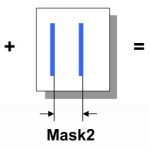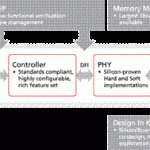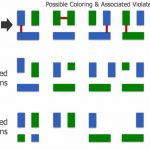While this iconic advertising phrase was first used to describe the ink reliability of a ballpoint pen, it perfectly summarizes the average consumer’s attitude toward automobile reliability as well. We don’t really care how it’s done, as long as everything in our car works first time, every time. Even when that includes heated car seats, remote engine controls, power windows and locks, satellite radio, wireless communications, automated traction sensing controls, and the myriad of other electronics-based features present in today’s cars and trucks.
These systems encounter demanding design constructs and operating conditions that can challenge manufacturers’ reliability and quality goals. Given this ever-present conflict between complexity and dependability, it’s no surprise that the automotive electronics industry is constantly looking for ways to enhance the design and verification of electronic components and systems to improve their dependability, operating efficiency, and functional lifespan. I recently looked at some of the challenges they face, specifically as they relate to circuit reliability verification, and some of the new techniques and tools that have been developed to address these needs.
Below is a brief excerpt from a recent article by Dina Medhat that discusses some of these design challenges, and the tools and techniques automotive designers are turning to for solutions.
Circuit Reliability Challenges for the Automotive Industry
In the automotive industry, reliability and high quality are key attributes for electronic automotive systems and controls. It is normal for automotive applications to face high operating voltages, and high electric fields between nets that can lead to oxide breakdown. Moreover, electrical fields can influence sensitive areas on the chip, because high-power areas are commonly located next to logic areas. Consequently, designers must deal with metal spacing design rules that are dependent on voltage drop. Trying to implement such rules in the entire design flow, starting from layout routing implementation through design rule checking (DRC), is too conservative, as well as inefficient, due to lack of voltage information on nets (both in schematic and layout). Trying to achieving this goal with traditional exhaustive dynamic simulation is simply not practical, due to the turnaround time involved, and, if the design is very large, it may not even be possible to simulate it in its entirety.
New circuit reliability verification tools such as Calibre® PERC™ provide a voltage propagation functionality that can help perform voltage-dependent layout checks very efficiently while also delivering rapid turnaround, even on full-chip designs. In addition, they provide designers with unified access to all the types of design data (physical, logical, electrical) in a single environment to enable the evaluation of topological constraints within the context of physical requirements.
For a more detailed explanation of these issues, along with some examples of voltage-dependent design rule checking, negative voltage checking, and reverse current processing, read the entire article.










